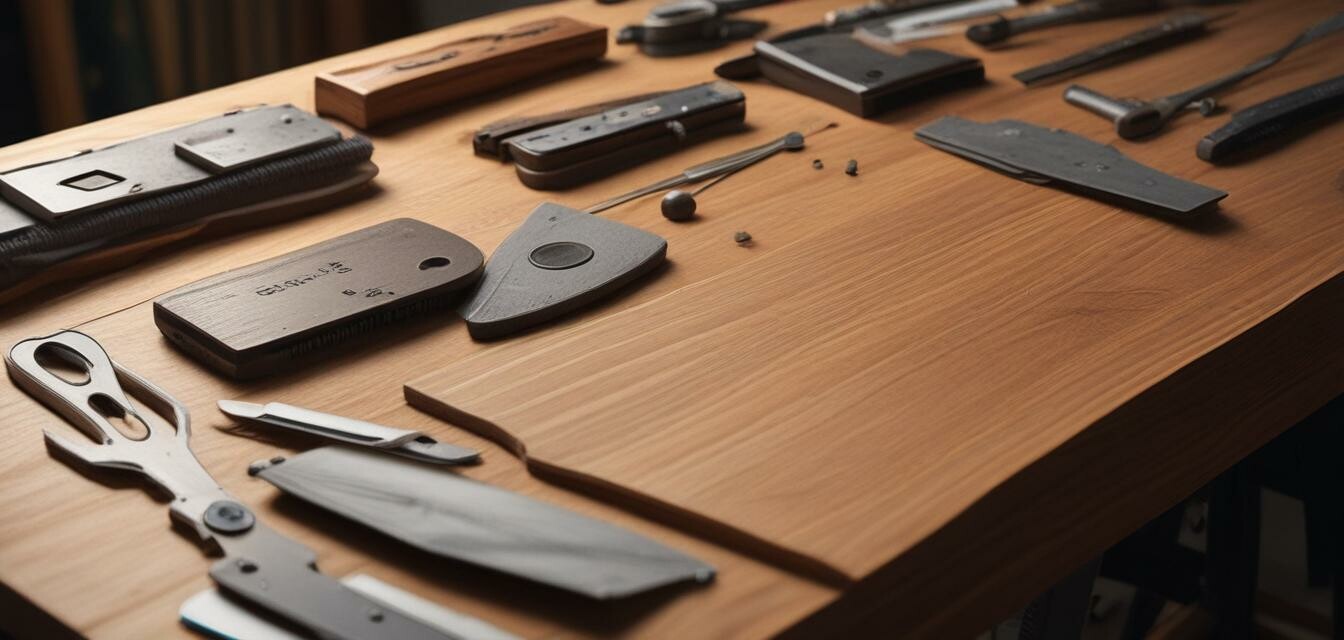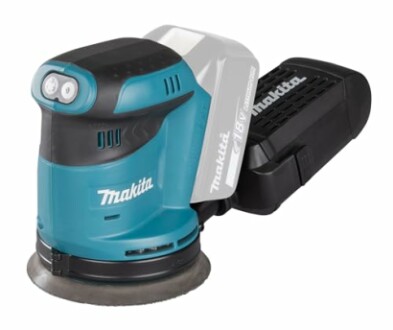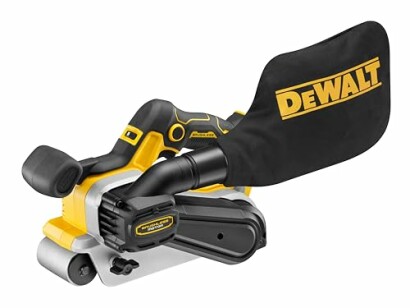
How to Choose the Right Sander for Your Project
Key Takeaways
- Choose a sander based on your project's materials and finish requirements.
- Different types of sanders cater to specific tasks; know which to use.
- Consider power source, weight, and ergonomics for ease of use.
- Performance features like speed settings can affect sanding effectiveness.
Choosing the right sander can make all the difference in achieving a smooth, professional finish on your project. Understanding the various types of sanders and their features is crucial for both DIY enthusiasts and professionals alike. This guide will walk you through key considerations for selecting the ideal sander based on your specific needs.
Types of Sanders
There are several types of sanders, each designed for different tasks. Here’s a quick overview of the most common types:
| Type of Sander | Best For | Key Features |
|---|---|---|
| Orbital Sander | Light to medium sanding | Smooth surfaces; smaller pad size |
| Belt Sander | Heavy material removal | Fast sanding; larger surface area |
| Detail Sander | Tight spaces and corners | Small pad; precision sanding |
| Random Orbital Sander | A blend of both | Versatile; reduces swirl marks |
Factors to Consider When Choosing a Sander
1. Project Type and Material
Understanding the materials you will be sanding is crucial. For example, if you are working with wood, a belt sander would be effective for heavy lifting, while an orbital sander might be more suited for finishing touches.
2. Power Source
Sanders come in corded and cordless varieties. Corded sanders offer unlimited power for long periods, while cordless sanders, like the Makita DBO180Z 18V Li-Ion LXT Sander, provide unmatched convenience for portability. Here’s a look at the features of the Makita unit:
Makita DBO180Z 18V Li-Ion LXT Sander
Featuring three speed settings and a lightweight design, this battery-powered sander is perfect for achieving a smooth finish on your woodworking projects.
Learn More3. Weight and Handling
If you plan on using the sander for extended periods, weight and ergonomics are essential. Heavier sanders can be straining over time, so finding a model that feels comfortable in your hand is crucial.
4. Performance Features
Many modern sanders come equipped with features like variable speed controls or dust collection systems. These can help enhance the efficiency and cleanliness of your work area.
Recommended Sanders for Your Projects
Depending on the type of projects you undertake, you may consider the following sanders:
DEWALT DCW220 18v XR Cordless Belt Sander
This powerful 18V belt sander offers outstanding performance with a lightweight design, making it ideal for large sanding tasks.
Learn MoreSafety Tips
Always remember to prioritize safety when using power tools. Here are some tips:
- Wear protective goggles to shield your eyes from dust.
- Use a mask to avoid inhaling dust particles.
- Ensure your work area is clean to prevent accidents.
Conclusion
Choosing the right sander is not just about picking the most expensive model; it’s about understanding your project needs and selecting a tool that will help you achieve your goals efficiently. Whether you're a professional contractor or a weekend DIY enthusiast, the right sander can make a world of difference in your workmanship.
Tips for Beginners
- Start with an orbital sander for a versatile option.
- Practice on scrap material to perfect your technique.
- If uncertain, seek advice from experienced users.
- Regularly check your sander's pads and replace them as needed.


